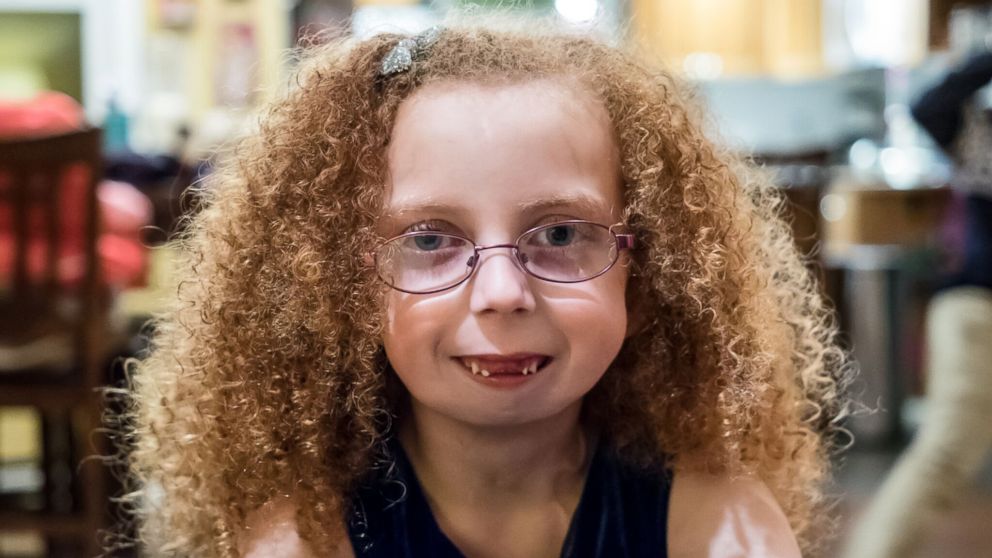Doctors 'Grow' Jaw for Girl With 1-in-a-Million Condition
Alexis Melton had rare condition that fused her lower jaw to her skull.

— -- A Washington state girl can now show off her smile after doctors were able to "regrow" her lower jaw.
Alexis Melton, 7, was born with a rare genetic condition called auriculo-condylar syndrome, which caused the malformation of her jaw, according to the Seattle Children's Hospital.
“Lexi’s condition is extraordinarily rare,” Dr. Michael Cunningham, medical director of Seattle Children’s Craniofacial Center, said on the hospital's website. “The prevalence is less than one in one million. Without treatment it’s life threatening. Before Lexi, we’d only seen two other children with a similar genetic condition.”
The first sign something was wrong happened when Alexis' mother, Lisa Skylynd, had a complication during pregnancy, she said. Amniotic fluid started to build up and an ultrasound revealed that Alexis, also called Lexi, had an extremely underdeveloped jaw.
“Until that point, it had been such a seamless pregnancy,” Skylynd said on the Seattle Children's Hospital's website. “The only thing we knew from the ultrasounds was that she had a really tiny jaw. It was overwhelming.”
When Lexi was born, doctors immediately performed a tracheostomy, an incision in her neck that could help her breathe. Her jaw was so tiny that it was restricting her airway. Doctors eventually discovered that her jaw was a mirror image of her upper jaw and was fused to her skull. The condition was life threatening without treatment.
“It was very emotional,” Skylynd said. “At the time it was hard to understand how compromised her airway was or the complexity of her condition. She literally didn’t have an airway and could not breathe without the tracheostomy. If the tracheostomy were to ever come out, there was a possibility we could lose her."
While doctors stabilized the Lexi, they had to wait to help change her jaw. At age 3, Lexi started the process to "grow" her jaw. Doctors would need to get extra bone to help expand her jaw so that her airway wouldn't be restricted. A device would then be used to slowly expand her jaw by stretching the bone slowly over time. As bone is stretched, it grows to fill the gaps, effectively "growing" a fully formed jaw, doctors said.
“We began by using one of Lexi’s lower ribs to add bone to the back of her jaw,” Dr. Richard Hopper, surgical director of Seattle Children’s Craniofacial Center, said on the hospital's website. After adding the device, "it works like the winding of a clock. Twice a day her parents needed to turn the device and it gradually formed new bone. We essentially took her old jaw and made it into a new jaw.”
Throughout the year, Lexi's airway was cleared as her jaw expanded. Doctors were eventually able to remove the tracheostomy.
“Living without a tracheostomy changed our lives,” Skylynd said. “Things like taking a bath were life-threatening before the surgery. Now she’s taking swim lessons.”
Lexi still has challenges, Skylynd said. She can't eat due to her jaw, but a procedure in 2017 will hopefully allow her to finally eat on her own.




